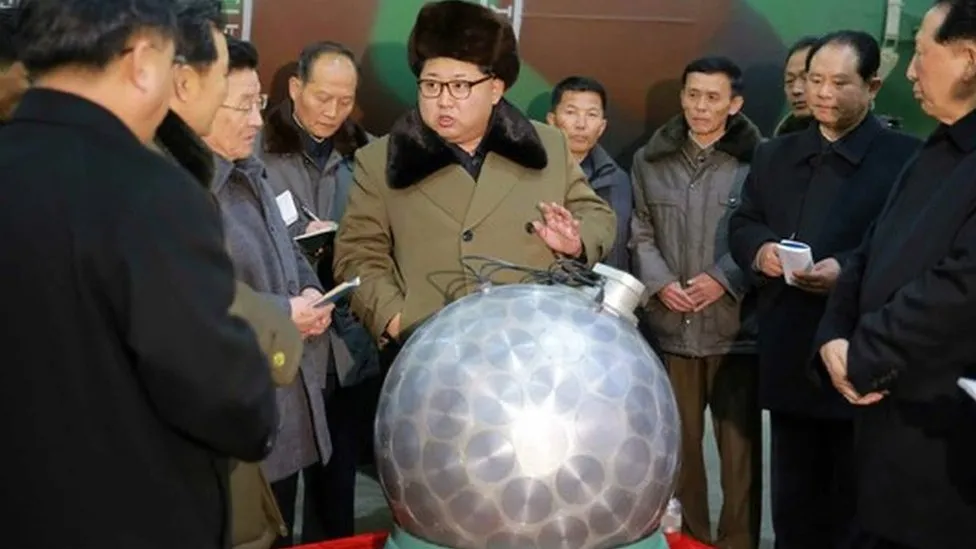World
The World Is Full of Dangerous Nuclear Weapons
By Matt De Vlieger · January 19, 2024

Enough to End Everything
As of the present, numerous countries, including major powers like the U.S. and Russia, possess significant arsenals of nuclear weapons. These are highly potent devices capable of causing immense destruction. The inherent risks associated with nuclear weapons include the possibility of accidental or intentional use, the potential for proliferation to non-state entities, and the geopolitical tensions that could escalate into nuclear conflicts. Consequently, it is imperative for the international community to collaborate on measures aimed at disarmament, non-proliferation, and diplomatic resolutions to mitigate these risks and promote global security. U.S. Army Photographic Signal Corps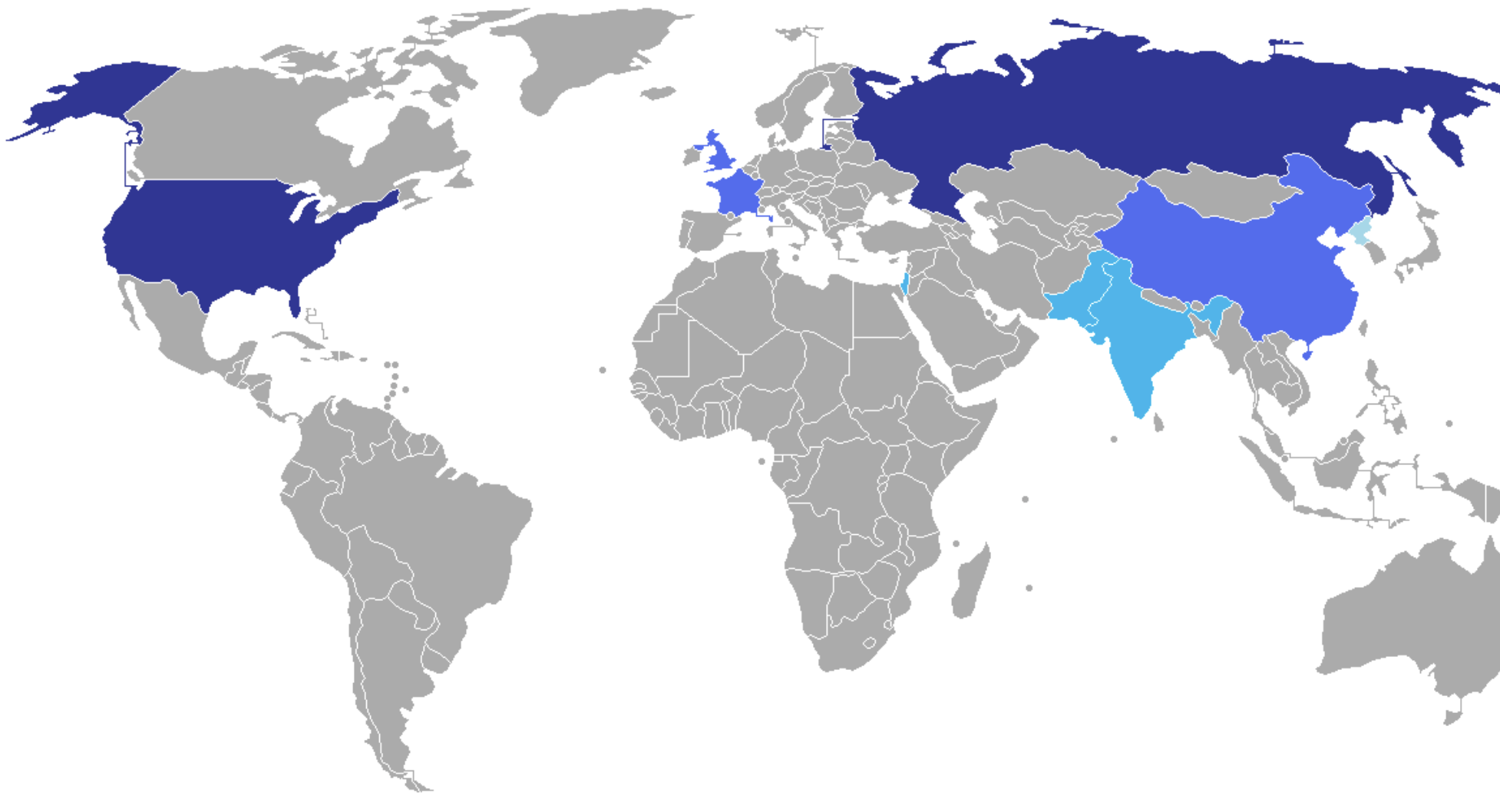
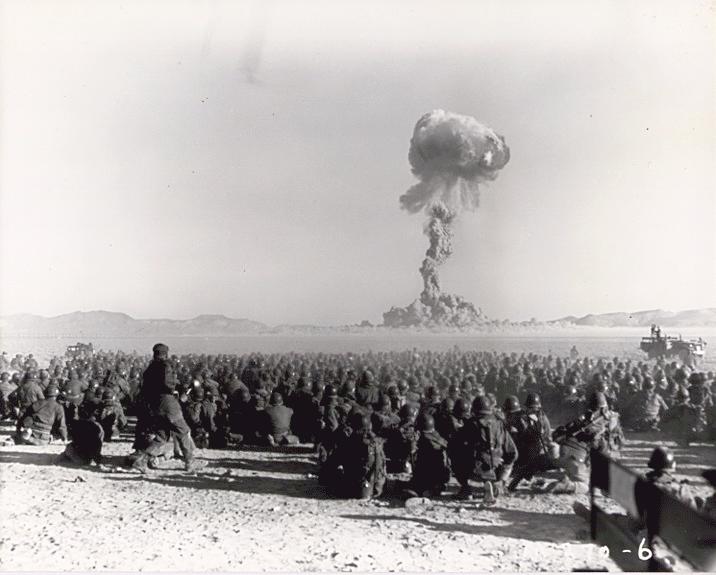
United States
The U.S. possesses the most diverse nuclear arsenal globally. It maintains a triad of delivery systems and follows a policy of nuclear deterrence. The U.S. is currently engaged in massive spending on a nuclear modernization program.Operation Buster-Jangle - Dog test — with troops participating in exercise Desert Rock I. It was the first U.S. nuclear field exercise conducted on land; troops shown are a mere 6 miles from the blast. At the Category:Nevada Test Site, 1 November 1951. Federal Government of the United States

US Arsenal
The United States is estimated to have around 5,800 nuclear warheads, including both deployed and reserve warheads.A 21 kiloton underwater nuclear weapons effects test, known as Operation CROSSROADS (Event Baker), conducted at Bikini Atoll (1946). Dept. of Energy

Fat Man
Early weapons models, such as the "Fat Man" bomb, were extremely large and difficult to use. U.S. Department of Defense
US Nuclear Warheads
A static display of intercontinental ballistic missiles at the F.E. Warren Air Force Base, Wyo., front gate the evening of April 4, 2012. From left are the Peacekeeper, the Minuteman III and the Minuteman I. The planet Venus is visible in the sky above the Minuteman missiles and Jupiter is visible to the left of the Minuteman I. R.J. Oriez/U.S. Air Force
Russia
Russia, as the successor state to the Soviet Union, inherited a significant nuclear arsenal. It maintains a triad of delivery systems, follows a policy of nuclear deterrence, and has developed new strategic weapons systems. Presidential Press and Information Office/Kremlin
Russian Arsenal
Russia is estimated to have a similar number of nuclear warheads as the United States, with around 6,255 warheads, according to the Federation of American Scientists. Tim Wright/ICAN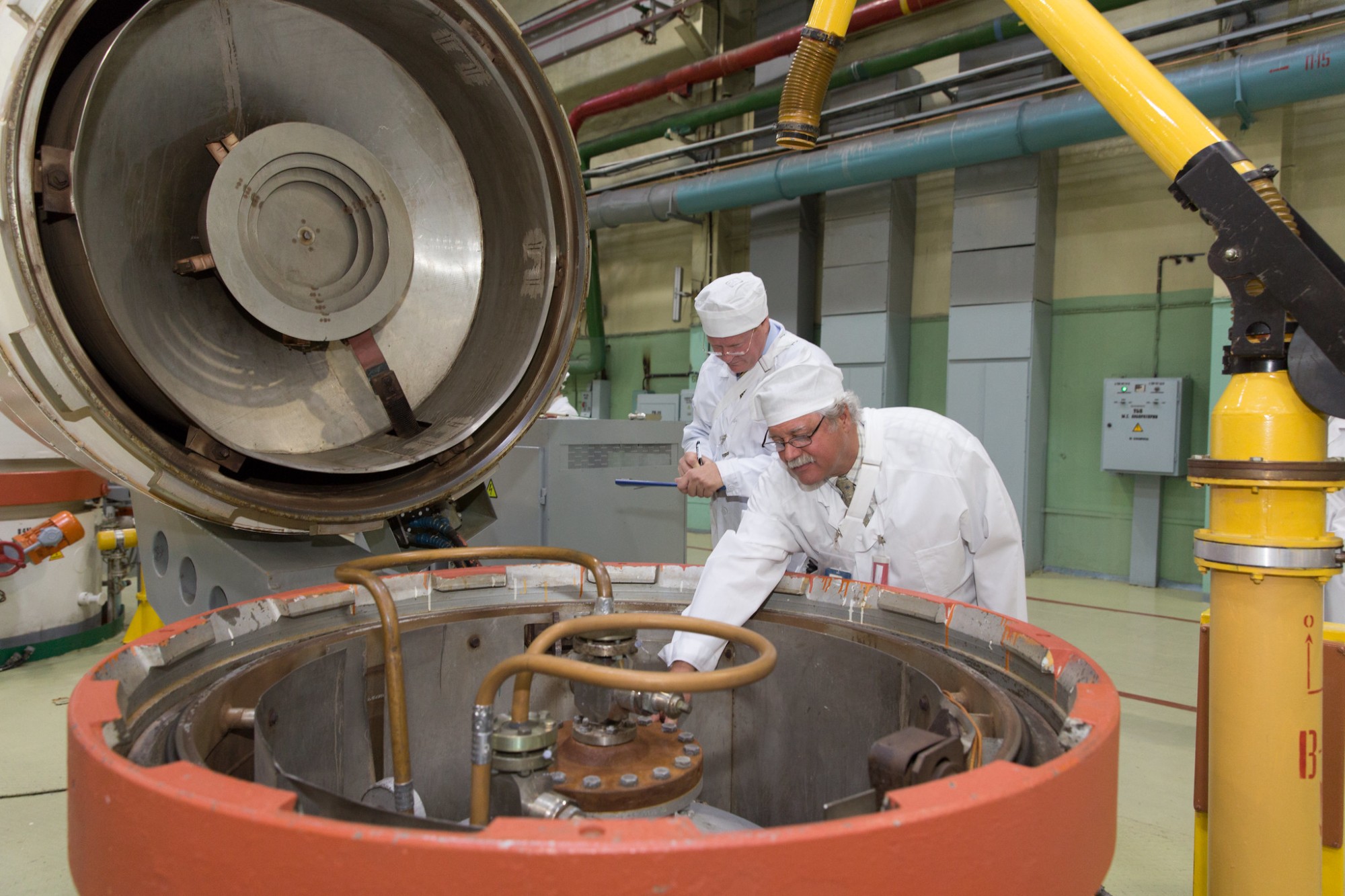
Repurposing Soviet Nukes
Researchers have helped Russia's program to dismantle excess Soviet-era warheads and convert them into low-enriched uranium that can be burned for electricity in ordinary nuclear power plants. Today, 10% of American electricity comes from dismantled Russian warheads. Argonne National Laboratory
China
China possesses a more modest but increasingly modern and sophisticated nuclear arsenal. It follows a policy of minimum deterrence, but recent years have seen a buildup and modernization of its nuclear forces.A mock-up of China's first nuclear bomb on display at "Our troops towards the Sky". Podium says: "Our first atom bomb." Notice general similarity in shape to Fat Man and RDS-1. Max Smith/Megapixie

China's Arsenal
China's nuclear arsenal is more modest compared to the U.S. and Russia, with estimates ranging from approximately 350 to 400 nuclear warheads.Maximum Ranges for China's Conventional SRBM Force (2006). China currently is capable of deploying ballistic missile forces to support a variety of regional contingencies. U.S. Department of Defense
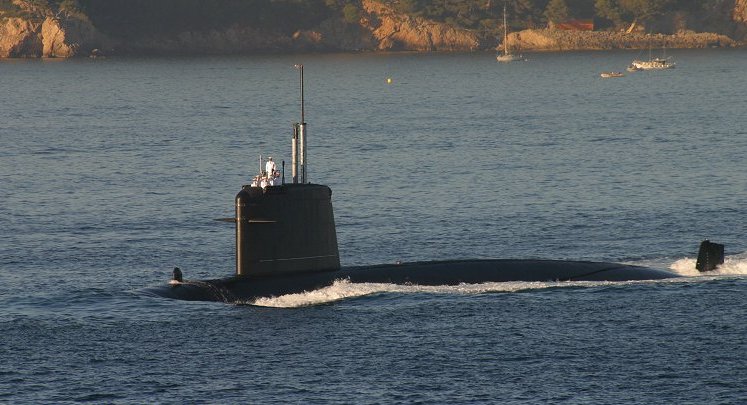
France
France maintains an independent nuclear deterrent and follows a policy of nuclear deterrence. Its nuclear arsenal includes submarine-launched ballistic missiles, air-launched cruise missiles, and land-based intercontinental ballistic missiles. Wikipedia
French Arsenal
France is estimated to have around 290 nuclear warheads in its arsenal.The image depicts the Licorne test 1970, French Polynesia. CTBTO Official/Flickr
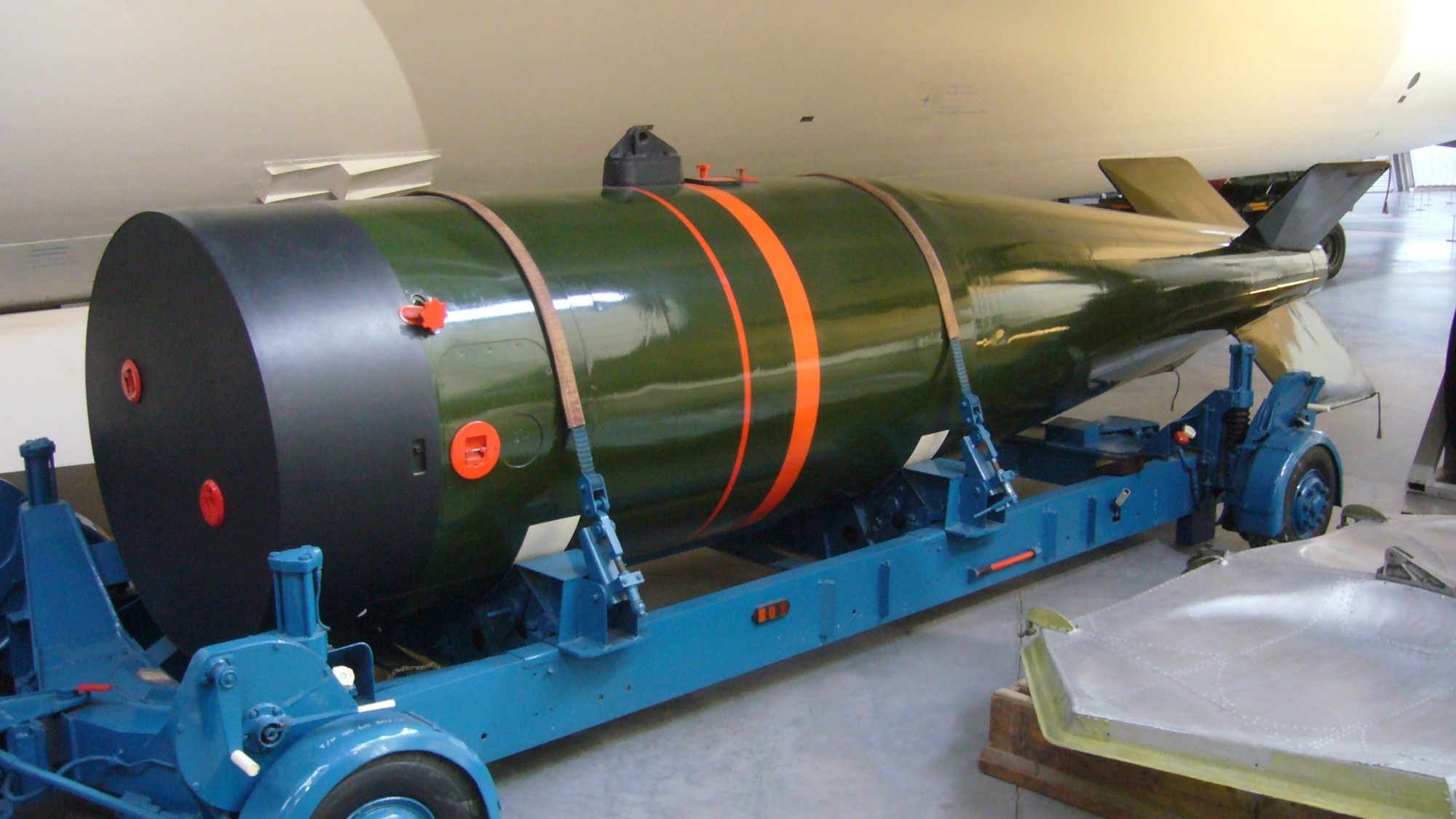
United Kingdom
The UK possesses a nuclear arsenal and maintains a continuous-at-sea deterrent through its Trident submarine-based system. It emphasizes the importance of a credible and independent nuclear deterrent.Yellow Sun, Britain's first production thermonuclear bombOblique view of a British "Yellow Sun" nuclear bomb, photographed under the wing of a Vickers Valiant bomber at RAF Cosford (Aerospace Museum), UK. Nabokov/Wikipedia
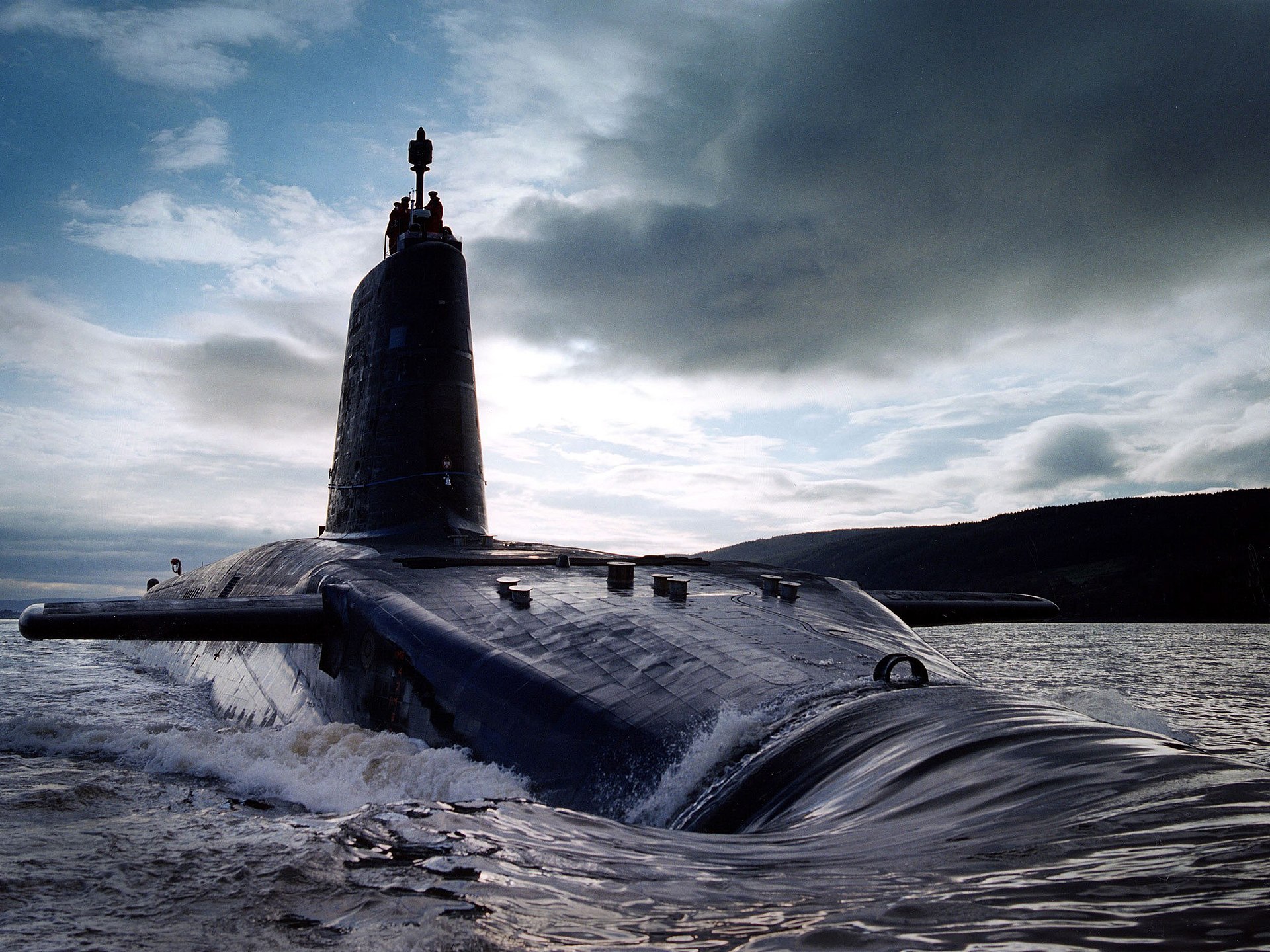
UK Arsenal
The United Kingdom is estimated to possess around 195 nuclear warheads.Image: Victorious photographed in the Clyde estuary whilst on transit to the Clyde Submarine Base Faslane. Object Name: 04111237 Organization: ROYAL NAVY Supplemental Categories: Equipment, Submarines, Ballistic Keywords: base, clyde, faslane, hms victorious, s29, submarine, trident class, Trident Country: scotland Mez Merrill/MODHMS

Israel
Israel is widely believed to possess nuclear weapons but has never officially confirmed it. Its policy of nuclear ambiguity is known as the "Samson Option," suggesting that it would respond massively if its existence were threatened. Israel Military
Israel's Arsenal
Israel has not officially disclosed the size of its nuclear arsenal. It is widely believed to have a relatively small but potent arsenal, with estimates ranging from 80 to 90 warheads. Australian Institute of International Affairs
India
India is known to possess a credible and minimum deterrence nuclear posture. It maintains a no-first-use policy, emphasizing nuclear weapons as a deterrent against aggression. India's nuclear arsenal includes a variety of delivery systems such as ballistic missiles, cruise missiles, and strategic aircraft. The National Interest
Indian Arsenal
The exact number of warheads is not publicly disclosed, but estimates suggest that India has a growing arsenal in the low to mid-hundreds.Agni-V, an intercontinental ballistic missile developed by DRDO. Indian Military

Pakistan
Pakistan, like India, adheres to a policy of credible minimum deterrence. It has developed a diverse range of nuclear delivery systems, including ballistic missiles and aircraft. Pakistan emphasizes a robust command and control system to secure its nuclear assets and maintains a posture focused on deterring any potential aggression from its regional neighbor. It is important to note that these details are approximate, and the situation may have evolved since my last update. Antônio Milena/Agência Brasil
Pakistan's Arsenal
Pakistan's nuclear arsenal is considered smaller than India's, with estimates ranging from around 165 to 180 warheads.Image: The Pakistani army last test-launched a Shaheen-III medium-range ballistic missile in April 2022. According to the Pakistani government, the missile could deliver a single nuclear or conventional warhead to a range of 2,750 km, making it the longest-range system Pakistan ever tested. Pakistani Military
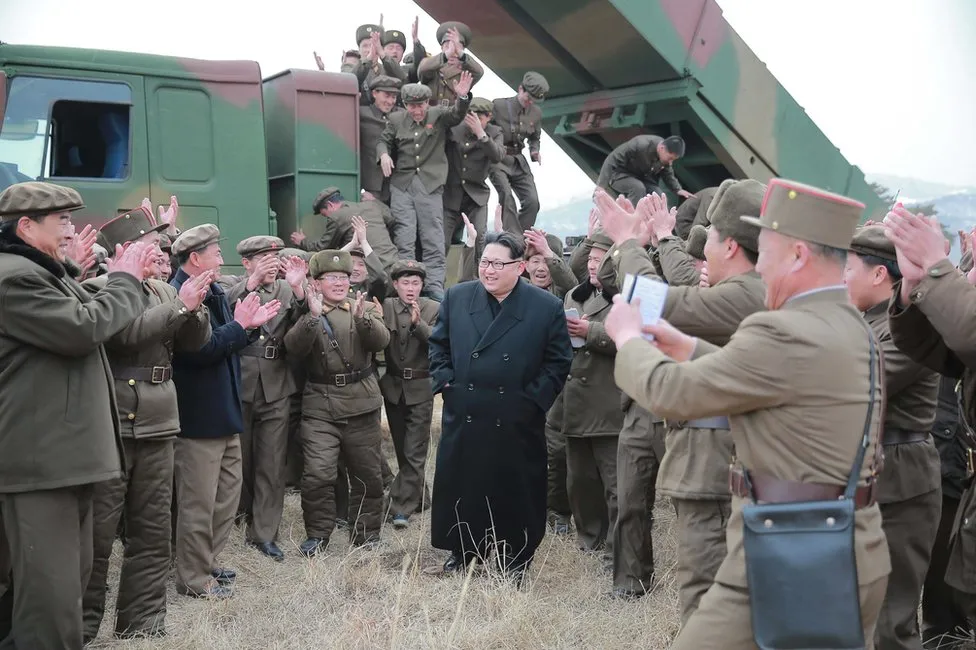
North Korea
North Korea is widely believed to possess a nuclear arsenal, making it a highly contentious actor in global security. Kim Jong-un, has conducted several nuclear tests, demonstrating advancements in its nuclear capabilities. Despite international efforts to curb North Korea's nuclear program, including sanctions and diplomatic initiatives, the exact size and sophistication of its arsenal remain uncertain due to the secretive nature of the regime. KNCA